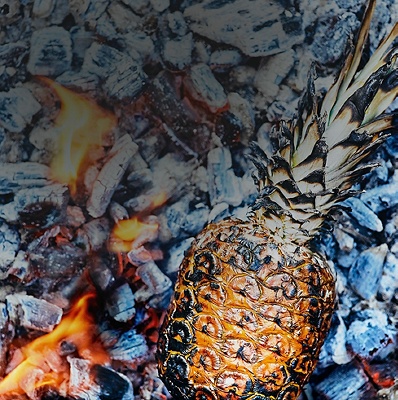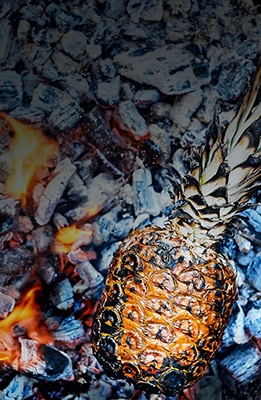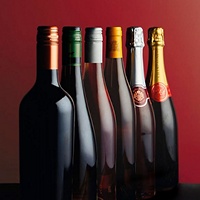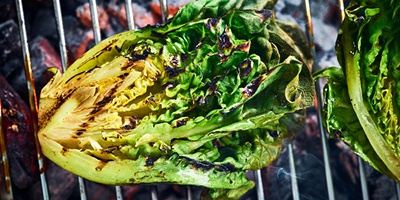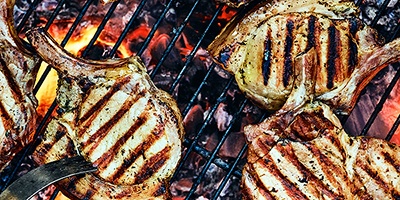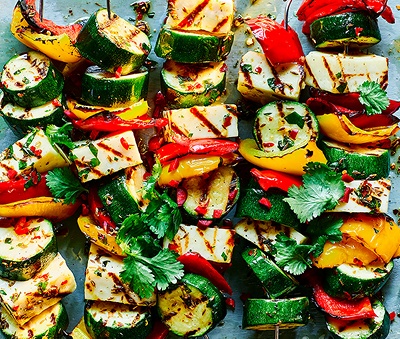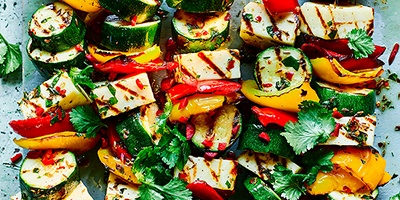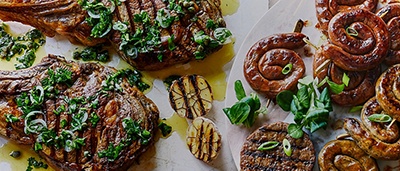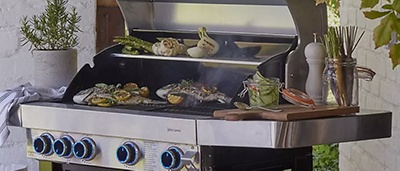Barbecue Guide



Set up RIGHT
Get grilling in no time with our step-by-step guide to setting up your barbecue right, whether you're using charcoal or gas. Zone your barbecue with a hot side for searing, a medium-hot area in the centre and a cooler side for resting and keeping food warm.
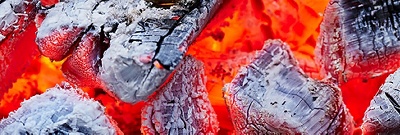
1 How to light a charcoal BBQ
Light your barbecue (ideally use a charcoal chimney rather than fire lighters) 15-20 minutes before you want to cook, waiting until the coals just turn ash grey and are glowing – but see below for ideas of things you can cook while it’s warming up. Using tongs, bank the coals to one side and open any vents at the base of the barbecue.
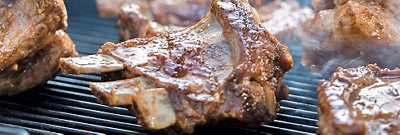
2 How to light a gas BBQ
Preheat a covered barbecue with the burners set at the highest heat for 10 minutes until hot, then turn one burner to medium and leave one at high. If your gas barbecue doesn't have a cooling shelf, turn one burner off once preheated, so you have a cooler spot.

Warming UP
Take advantage of the gentler heat as your barbecue warms up to braise joints and cook veg.
3 Slow cooking
As soon as the coals are lit, you can put the lid on and use your barbecue as a slow cooker to braise large marinated cuts of meat: beef brisket, lamb leg or pork shoulder.
4 Potato salad
Save oven time by baking potatoes at the edge of the barbecue as the coals heat up – try them in this barbecued potato salad.
5 Baked beets
Treat whole beetroots like potatoes – wrap them individually in foil to slow-cook directly around the coals.
6 Aubergines & peppers
They can sit straight on the coals until blackened all over. Once cooked, remove the charred aubergine skin and mash the flesh to make a dip. Put the peppers in a covered bowl for a few minutes (to steam and release the skin), then peel and slice. Add to salads or sandwiches or whizz into a romesco sauce.
7 Carrots & onions
Nestle them unpeeled in the coals. Let the papery shells of the onions char and blacken – then peel off the skin to reveal the soft, sweet insides. Cut into pieces and add to salads, or finely chop and mix with a little red wine vinegar, olive oil and mustard. Use to make a sweet dressing to drizzle over barbecued meats.
8 Time to marinate
While the barbecue is heating up, it’s also a good time to start marinating meat or fish to be cooked over a higher heat later, such as whole mackerel steaks, pork chops and pork ribs, or foods to go on skewers, such as paneer, peppers and mushrooms.

WHITE-OUT
When the heat dies down a bit and the coals are white, it’s time to cook barbecue favourites.
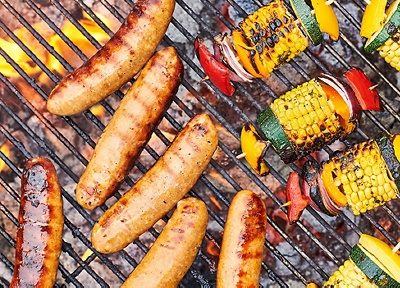
11 Chops, sausages & burgers
Start grilling these now – they benefit from charring but need a lower, steady heat to ensure they cook through properly.
12 Whole fish
Robust, oily fish such as mackerel, trout or sardines stand up well to the heat of the barbecue – or try this stunning spiced maple salmon recipe.

COOLING down
Make the most of the last embers to cook desserts or dinners for later.
13 Get ahead
Once the sausages and burgers are done, use the remaining heat to cook any veg, beef or lamb that needs using up for speedy meals later in the week. Either cook straight on the grill or thread onto skewers, ready to add to pasta or couscous. Add a little more coal if needed.
14 Delicious dessert
The classic barbecued banana split can be cooked as the heat dies down. Cut a vertical slit down the skins and stuff with fudge, brownies or marshmallows, then wrap in foil and sit on the coals cut-side up.
